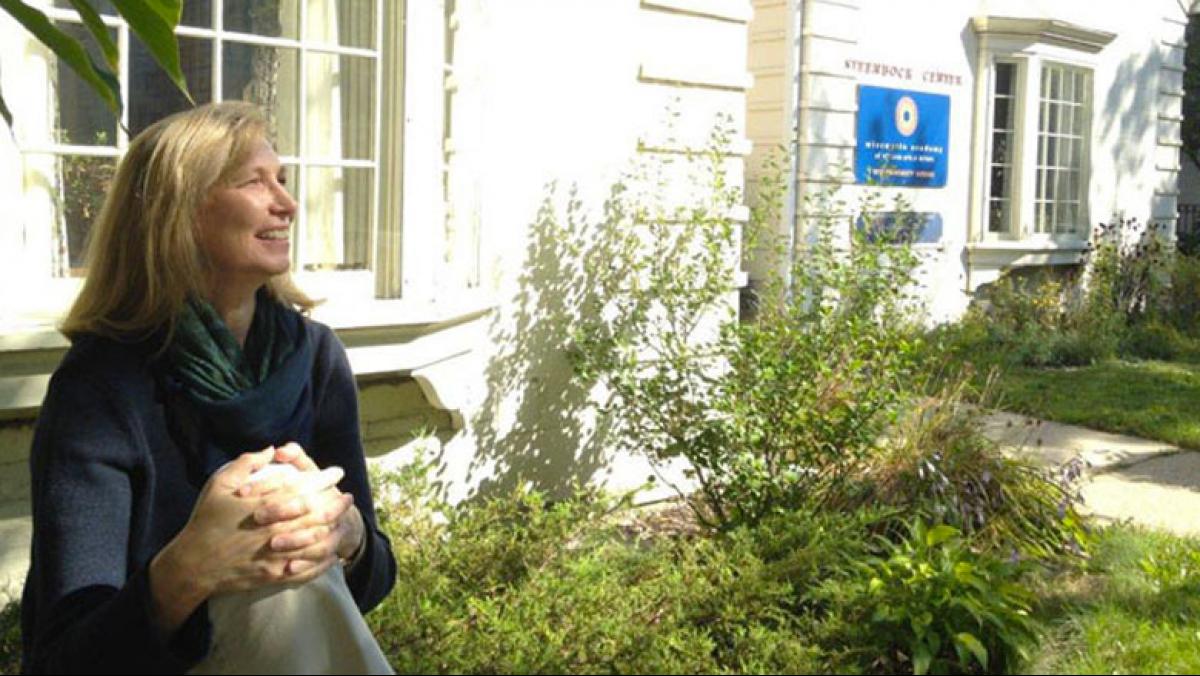I grew up in Linden, a bedroom community just outside of Flint, Michigan. In our community, as in much of the state, we lived with the accepted conclusion that “What’s good for GM, is good for the country.” Yet as the auto industry changed over the decades due to internal and external forces, we watched the economic fabric of our community and state unravel. All of a sudden things weren’t so good for GM—or us—anymore.
So many conversations about our future, tinged with anxiety and nostalgia, included phrases like, When they open the plants again (which echoed similar phrases about the mines in the Upper Peninsula). It was hard for people to imagine life in Michigan without an economy driven by the “Big Three” automakers.
It seems that, as far back as the Fur Trade years of the 1600s, the economy of the upper Great Lakes region’s has been on a boom or bust cycle. Along with the permanent settlement of European immigrants came copper and lead mines, commercial fishing on the Great Lakes, clear-cut logging, and the rise of manufacturing. Booms, however, rarely stay booming forever.
In the Midwest, our lack of a post-manufacturing-boom strategy has left us with the unflattering “Rust Belt” label and, even worse, major economic upheaval for many communities. But there’s no reason to be shackled by what used to be. It’s much more exciting to imagine what can be. And people are beginning to imagine a new kind of economy for the Great Lakes Region that draws on our deep wealth of cultural, environmental, and intellectual assets—what many are calling a knowledge economy.
For instance, the 2006 Vital Center Report produced by the Brookings Institution observed that the Great Lakes Region is at a critical economic juncture:
Will this once economic giant step forward to a future of economic and population growth, as a hub of research and innovation, a corporate R&D and decision center, a university-led global research hothouse, and a talent magnet and immigrant gateway; or, backward to a future of distressed cities, depopulated rural communities, out-migration, and closing plant doors—increasingly a backwater in the world economy?
The Vital Center report makes the case for embracing a knowledge economy that draws on the Progressive history of the Great Lakes, our abundant clean water—essential for drinking as well as for manufacturing, agriculture, and tourism—and deep cultural commitment to education.
The Great Lakes states and provinces have one of the world’s greatest clusters of public research universities, campuses that are continually generating new discoveries and technologies as well as a highly educated work force. A subsequent report urged regional leaders to work together and with the federal government to tap these educational assets “to produce the talent needed to compete in the 21st century, expand the public-private research and development infrastructure in the region to cultivate the technologies of the future [and] promote sustainable development within the ‘North Coast’.”
With its allusions to America’s coastal cultural and intellectual hubs, the North Coast moniker has a much better ring to it than Rust Belt. All of a sudden I wasn’t feeling so rusty any more. And I, like many of us living in the North Coast, realized that the vision for our future had been constrained within the bounds of manufacturing and mining for far too long.
The Cultural Creatives: How 50 Million People Are Changing the World (2000), by sociologist Paul H. Ray and psychologist Sherry Ruth Anderson, changed my thinking about how creativity itself is a potent force for positive change, including the economic diversity we can bring to the Great Lakes Region.
While it’s no secret that artists draw deeply from the creative well, people sometimes forget that creativity is an essential component of design, imagination, innovation, invention, and entrepreneurship—all elements that align well with the assets we can bring together to form our own knowledge economy.
Over the last decade the concepts of knowledge economies and creative economies have gained traction, and, in the Midwest, these are likely to be part of a diverse economic base that includes manufacturing, agriculture, health care, tourism, and more. By looking to Minnesota we can already see how investments in these two emerging sectors are adding diversity and resilience to their economic portfolio. Why not ours?
To explore how these strategies could work for Wisconsin, the Academy and several statewide partners, including the Wisconsin Arts Board, Arts Wisconsin, and the League of Wisconsin Municipalities, are working to change the conversation about knowledge and creativity in Wisconsin. This fall we’ll launch the Wisconsin Creativity Initiative, which explores how specific investments in the knowledge economy and our creative sectors can make a brighter future for Wisconsin.
Through Academy Talks, this magazine, special gallery exhibitions, and other programs, we’ll find the elements of a creative economy that make the most sense for Wisconsin, and the ways we can harness these elements to make our communities and our state stronger. Our aim for the Wisconsin Creativity Initiative is to change the conversation about the power of creativity to improve Wisconsin’s economy, educational systems, and quality of life. We hope you will be part of this conversation.




